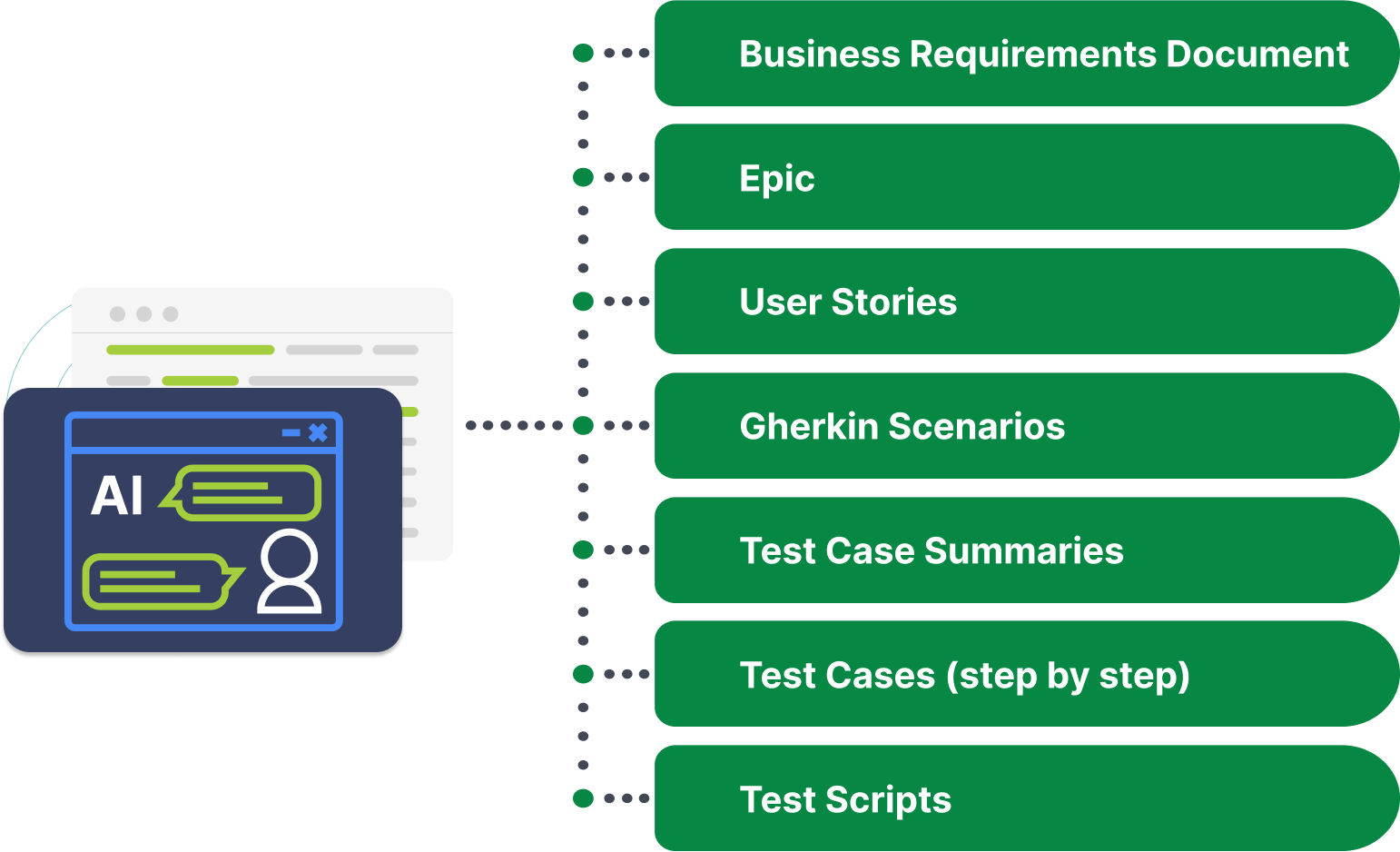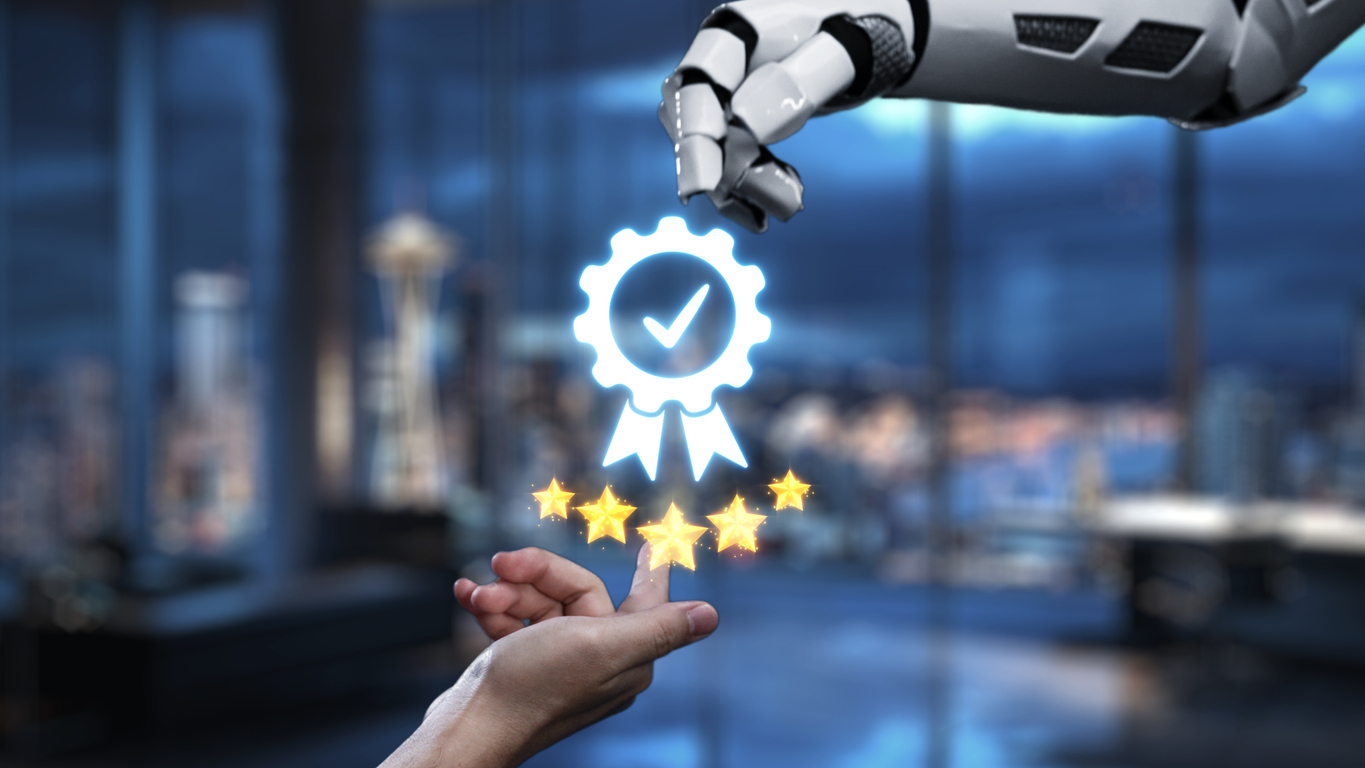Blog
By Kevin Surace | AI, Generative AI, Predictions, Scription
Generative AI is Here in Testing
Generative AI is a type of artificial intelligence (AI), one of many, where it is trained on a very large set of data. After training, if you give it some direction, it generates something for you.
Most Popular
By Kevin Parker | Shift-left strategy | Agile
By Ken Miralles | Test Strategy | Video Streaming Applications | Autonomous Testing
By Kevin Parker | Autonomous Testing
Unlocking Seamless Testing: A Guide to Choosing Your Autonomous Testing Partner
Editor's Picks

By Kevin Surace, CEO of Appvance Every few months, headlines trumpet the latest “AI breakthrough.” A new co-pilot. A smarter recorder. An incremental feature that saves a few hours here or there. And every time, CIOs and CTOs ask the same question: is this worth the disruption of implementing new systems? Peter Diamandis put it

If you’ve worked in QA or software development, you know the struggle: test debt. Scripts that break with every UI change. Endless hours spent maintaining automation instead of advancing coverage. Fragile frameworks that drain time and resources. For years, this has been the hidden tax on software quality—slowing teams down and preventing them from delivering

A recent email from ASTQB warned testers that to survive in an AI-driven world, they’ll need “broad testing knowledge, not just basic skills.” The advice isn’t wrong—but it misses the bigger picture. The real disruption is already here, and it’s moving faster than most realize. AI systems like AI Script Generation (AISG) and GENI are already generating, executing, and

A recent CIO article revealed a startling reality: 31% of employees admit to sabotaging their company’s generative AI strategy. That’s nearly one in three workers actively slowing down, blocking, or undermining progress. Now layer in the math: most AI initiatives involve dozens of employees. That means statistically, almost every project or proof-of-concept is being impacted by one or

For decades, software testing has been built on a simple idea: humans write tests, machines run them. That model has persisted since the first commercial recorders appeared in the mid-1990s. Testers would record a flow, edit a script, maintain it as the application evolved, and repeat the cycle endlessly. Tools improved incrementally, but the basic

For decades, software quality assurance has been a human‑driven task. Teams write test cases, automate scripts, execute manually or with tools, and then maintain those tests across releases. This work is detail‑oriented, repetitive, and long resisted full automation. In the United States alone, there are roughly 205,000 software QA analysts and testers, according to the Bureau